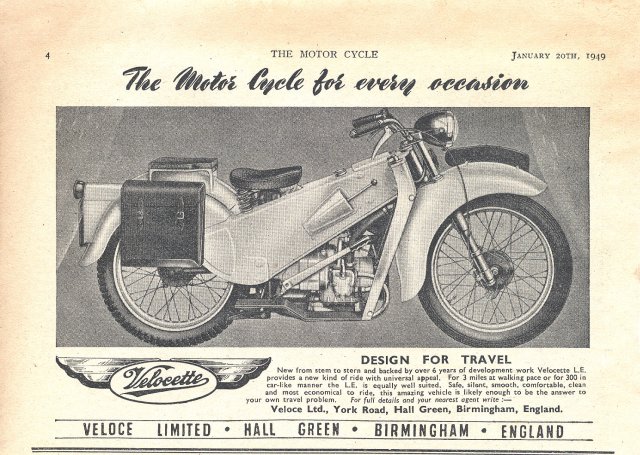Classic Ducati Insurance: A Brief History
Classic Ducati Insurance: A Brief History of the Brand
Similarly to many other classic motorcycle brands, Ducati did not start out as a motorcycle company. In fact, Antonio Cavalieri Ducati and his three sons, Adriano, Marcello, and Bruno Cavalieri Ducati founded the company in 1926 and started producing radio components in addition to vacuum tubes, and condensors. During the war years, they started creating electronic military equipment, and it wasn’t until 1950 that they launched their first motorcycle, that was based off of the already well-established Cucciolo engine.
The first Ducati bike was a 48 cc motorcycle weighting 98 lb., with a top speed of 40 mph and a 15 mm carburetor giving just under 200 mpg. The success of the Ducati brand can be attributed to their ability to keep up with the ongoing trends in motorcycle production. During the 1950’s the market moved toward larger motorcycles, and Ducati management appropriately responded, introducing their 65Ts cycle and Cruiser at an early-1952 Milan show.
Ducati management split the company in 1953 to be two separate entities; Ducati Meccanica SpA and Ducati Elettronica. Ducati Elettronica would go on to become Ducati Energia SpA in the eighties, while Ducati Meccania SpA, which was led by Dr. Guiseppe Montano, became the motorcycle manufacturing company that we know today. By 1954, Ducati Meccanica SpA was turning out 120 units per day as the factory was modernized with government aid.
Montano was a genuine motorcycle lover and realized the potential of racing to induce customers to buy these bikes. As a result, by 1956 the Desmo Ducati 125 won its first race in Sweden. Unfortunately, the man who achieved one of Ducati’s greatest feats; lapping every other motorcycle at the Grand Prix at Hedemora, died during practice for the following race. The death of Gianni Degli Antoni hit the Ducati brand hard, and it wasn’t until 1958 that they could once again race.
The Ducati brand had its up and downs in the following years, but today Ducati riders are some of the most loyal when it comes to brand allegiance. The company is reported to have achieved success and its great reputation from its racing roots.
No matter what type of antique or classic motorcycle you own, it’s important to protect it financially with the right type of Classic Motorcycle Insurance Coverage. At Condon Skelly, we know how exciting it can be to start a classic car collection. We’ve been helping our customers protect their classics with affordable, industry-leading insurance coverage since 1967. We’re a group of collectors, enthusiasts, and professionals who specialize in insuring all types of collector vehicles. For more information, please contact us today at (866) 291-5694.






